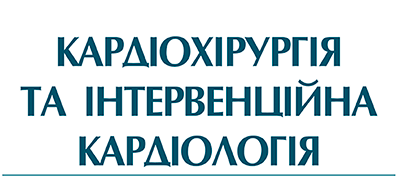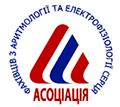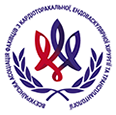Original research
DOI: http://doi.org/10.31928/2305-3127-2019.1.2936
Atrial fibrillation in acute coronary syndrome: clinical and anamnestic features and effects on the course
V.І. Tseluyko 1, F.B. Salem 1, N.A. Lopina 2, I.V. Kuznetsov 1, 2
1 Kharkiv Medical Academy of Postgraduate Education, Kharkiv, Ukraine
2 Regional Clinical Hospital, Kharkiv, Ukraine
The aim – to determine the clinical and anamnestic parameters associated with development of atrial fibrillation (AF) in patients with acute coronary syndrome (ACS) and to assess the impact of this rhythm disorder on the course of myocardial infarction in the hospital period.
Materials and methods. A retrospective and prospective study was conducted among 206 patients with ACS (mean age 65.00 ± 10.75 years, 63.0 % of men) hospitalized with ACS at the center of percutaneous coronary interventions during period from 2015–2018. 125 patients with ACS were included into further observation. Depending on the presence of AF, patients with ACS were divided into 2 groups: group I (n = 65) – patients with ACS and AF, group II (n = 60) – patients with ACS without AF. Patients with ACS and AF were divided into two subgroups – 1a-subgroup – patients with ACS, in whom the clinical course in the acute period was complicated by the development of AF (n = 51, 77.3 %) and patients with Ib- subgroup – patients with AF known previously (n = 14, 22.7 %).
Results. It was revealed that among patients of the 1st group there were significantly more patients with ACS with ST-segment elevation compared to the 2nd (86.2 % vs 61.7 %, p = 0.0021). Most patients had class I acute Killip heart failure. At the same time, among patients of the 1st group, Killip II and III classes of acute heart failure were more often registered, and these patients belonged to the 1a-subgroup, that is, the heart attack during the AF had a more severe course. Among patients of the 1st group, anemia was significantly more frequently recorded (29.2 vs 10 %, p = 0.0109). Among patients of the 1st group, more patients with concomitant type 2 diabetes were registered than in the 2nd group (33.8 vs 15.25 %). In patients of the 2nd group thrombolysis was recorded more often than among patients of the 1st group (12.2 vs 10.8 %), moreover, among patients of the 2nd group, a more frequent intake of statins was recorded to patients of the 1st group (5 vs 1.5 %), as well as more frequent treatment with ACE inhibitors/ARBs (35 vs 24.6 %). Hospital complications were more frequently recorded among patients in the 1a-subgroup compared with patients in the 1b-subgroup.
Conclusions. The results of the study show that there is a direct relationship between the risk of AF development in CSF and CS, anemia and CH. Patients with SCS and AF are more likely to develop complications in the acute period and the formation of pathological Q wave in future.
Key words: acute coronary syndrome, atrial fibrillation, hospital period.
| [PDF] | [References] |








